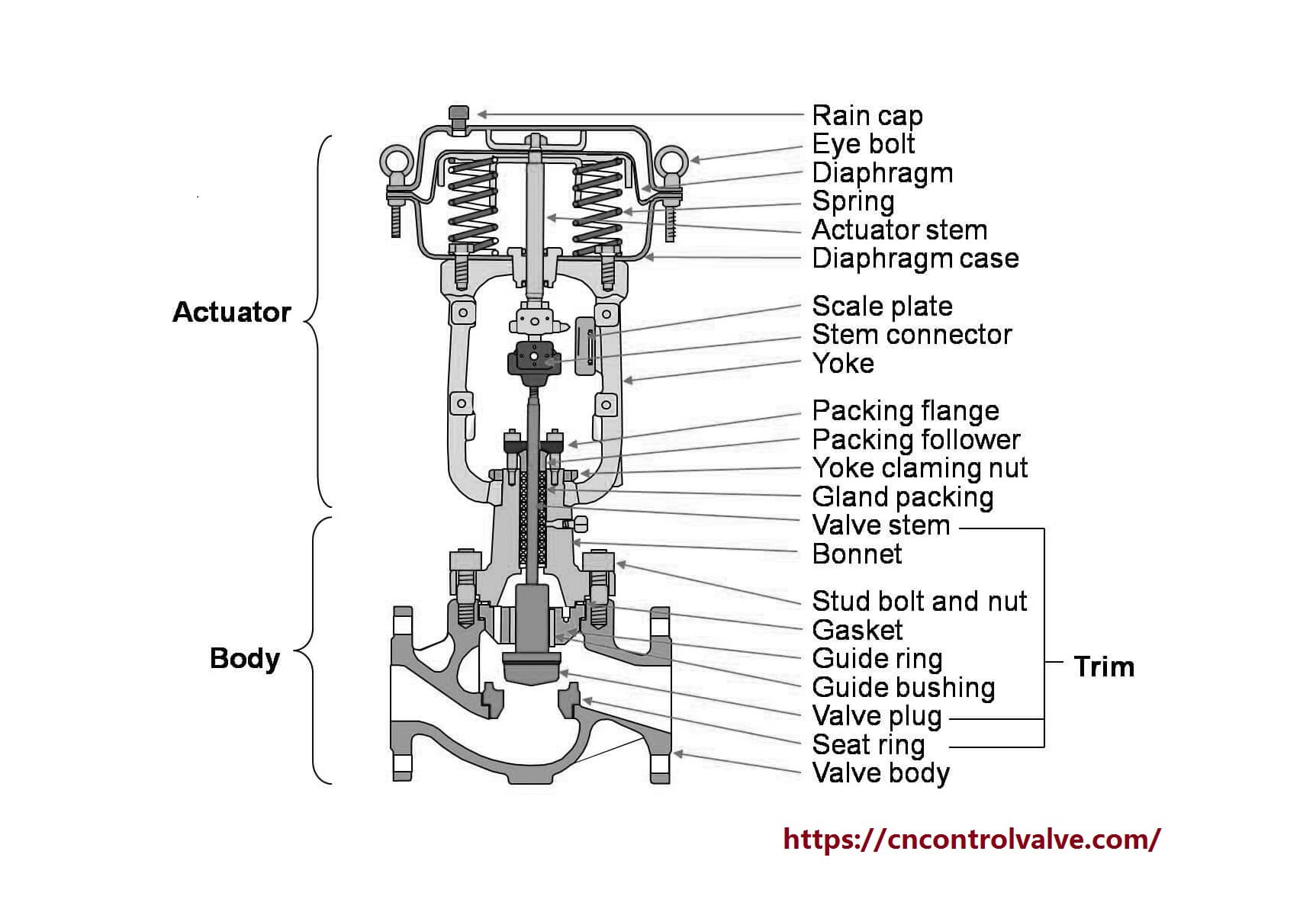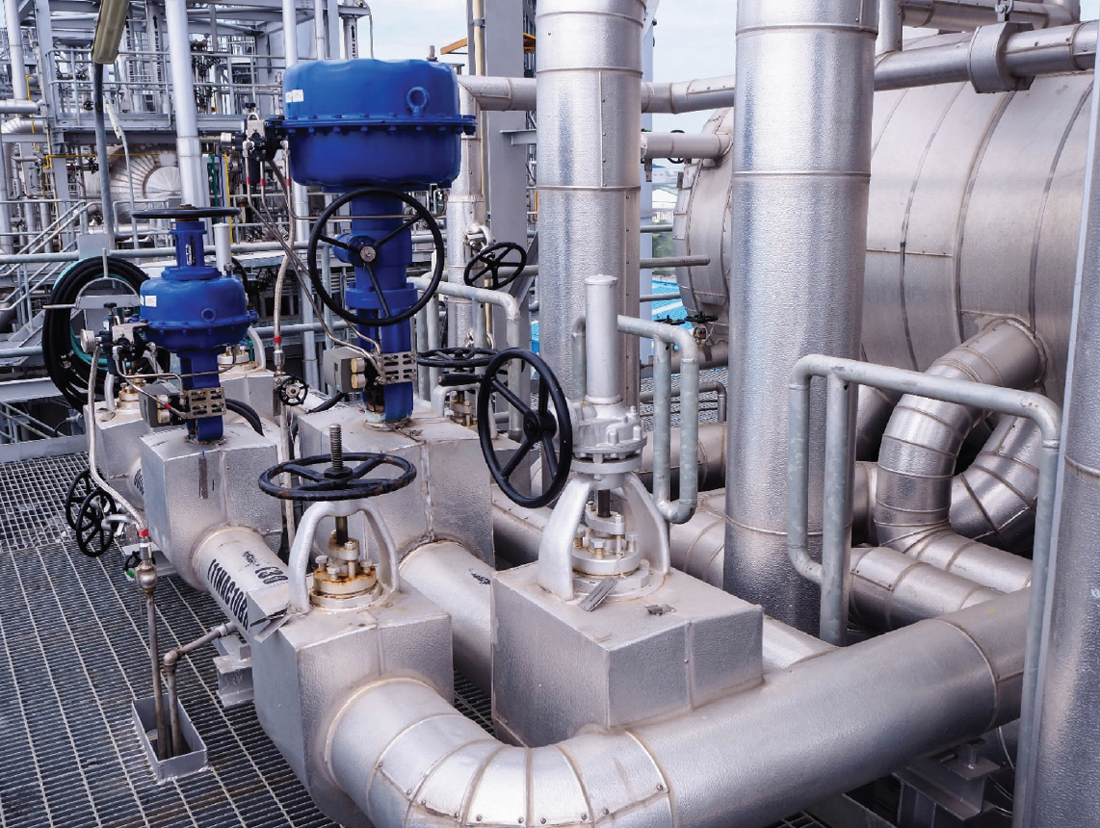The Function of Control Valves in Fluid Flow Management Systems
The Function of Control Valves in Fluid Flow Management Systems
Blog Article

Maximize Energy Savings and Comfort With Advanced Structure Automation Controls
In the realm of modern-day style and facility administration, the assimilation of sophisticated structure automation manages stands as an essential development. The convergence of modern technology and sustainability has birthed a new era where energy effectiveness, comfort optimization, and operational streamlining are no more possible facts yet distant goals. By harnessing the power of automation, buildings can adjust, respond, and evolve in manner ins which were as soon as inconceivable. The capacity for considerable power cost savings and enhanced convenience is not simply a possibility but a guarantee waiting to be met. This paradigm shift in building monitoring holds the key to unlocking a world where ecological conscientiousness and passenger well-being sympathetically exist side-by-side within the walls of our structures.
Energy Performance Advantages
Energy performance benefits can dramatically minimize power usage and operational prices in structures. By executing energy-efficient techniques and modern technologies, building proprietors and drivers can achieve substantial cost savings while likewise contributing to environmental sustainability. Among the primary advantages of improving power efficiency in buildings is the reduction of utility bills. Energy-efficient systems, such as innovative structure automation controls, can maximize using sources like home heating, illumination, and air conditioning, resulting in reduced energy expenditures with time.
In addition, improved energy efficiency can lengthen the life-span of building tools and systems. By running more successfully, cooling and heating systems, lighting fixture, and various other structure parts experience much less damage, resulting in minimized maintenance and replacement expenses. In addition, energy-efficient structures often command greater building worths and rental prices, supplying long-lasting economic advantages to owners.
In addition, power effectiveness can enhance occupant comfort and performance. Properly controlled indoor environments with optimum illumination and thermal conditions develop an even more positive and conducive workspace, causing enhanced employee complete satisfaction and performance. Overall, the energy efficiency advantages connected with innovative building automation controls are diverse, including expense financial savings, ecological stewardship, and occupant well-being.
Improved Comfort Control
Enhancing convenience control in structure atmospheres calls for a sophisticated integration of sophisticated automation systems for optimal passenger wellness. By making use of innovative structure automation controls, facilities can tailor the interior environment to fulfill the particular requirements and preferences of occupants. control valves.
By including these advanced controls, structures can not only improve convenience but additionally boost energy performance by optimizing system operations based on actual occupancy and usage patterns. Inevitably, prioritizing resident convenience through sophisticated automation systems leads to an extra delightful and much healthier interior setting.
Functional Performance Improvements

In addition, the implementation of real-time surveillance and analytics tools enables building operators to determine power ineffectiveness and functional abnormalities immediately. By continually keeping an eye on power use patterns and system efficiency metrics, adjustments can be made in real-time to maximize energy consumption and make certain peak functional effectiveness. control valves. Furthermore, integrating need response techniques into building automation controls can even more enhance functional efficiency by dynamically readjusting energy usage based upon grid problems and prices signals
Indoor Environment Optimization
Reliable indoor environment optimization is a basic aspect of structure automation controls, ensuring occupants' comfort and wellness while maximizing power financial savings. By making use of innovative sensing units and controls, constructing automation systems can continuously change and keep an eye on temperature level, humidity degrees, air quality, and air flow to create an ideal indoor setting. Maintaining consistent and comfy problems not only enhances occupant complete satisfaction but also enhances productivity and total health.
Interior environment optimization additionally learn this here now plays a crucial duty in power effectiveness. By fine-tuning heating, air flow, and air conditioning systems based on look here real-time data and tenancy patterns, developing automation controls can dramatically decrease power usage - control valves. As an example, carrying out strategies such as demand-controlled air flow and thermal zoning can help decrease power waste while guaranteeing that each area of the building receives the necessary conditioning.

Lasting Setting Creation
Structure automation manages not just enhance interior environment conditions for power efficiency and owner comfort however additionally lay the structure for developing a sustainable setting with tactical monitoring of systems and resources. By integrating advanced building automation modern technologies, such as sensing units, actuators, and intelligent software application, centers can change and check power use in real-time to lessen waste and reduce their carbon impact. These systems make it possible for predictive upkeep, recognizing possible concerns prior to they rise and enhancing tools performance to improve longevity and effectiveness.
Moreover, sustainable atmosphere development prolongs past energy monitoring to include water preservation, waste decrease, and indoor air quality improvement. Building automation controls can manage water usage, detect go to my site leaks, and ensure appropriate garbage disposal techniques, adding to overall sustainability efforts. In addition, by monitoring and managing air flow and filtration systems, these modern technologies boost occupant health and performance while reducing power intake related to heating and cooling procedures.
Final Thought
In verdict, progressed structure automation controls deal considerable advantages in terms of energy savings, comfort control, operational performance, interior climate optimization, and creating a lasting setting. By executing these controls, structures can achieve ideal efficiency while lowering power usage and boosting occupant convenience. It is apparent that using advanced automation modern technology is vital in improving structure efficiency and creating a more lasting future.
Power effectiveness benefits can dramatically decrease power consumption and functional prices in structures. In general, the energy effectiveness benefits connected with sophisticated building automation controls are multifaceted, encompassing cost savings, environmental stewardship, and passenger wellness.
Additionally, incorporating need feedback approaches right into building automation controls can additionally enhance operational performance by dynamically changing power usage based on grid conditions and prices signals.
Building automation regulates not just enhance interior climate conditions for energy efficiency and owner comfort but likewise lay the structure for creating a lasting setting with strategic management of systems and sources.In conclusion, advanced structure automation regulates offer significant advantages in terms of energy savings, convenience control, operational effectiveness, indoor environment optimization, and producing a lasting setting.
Report this page